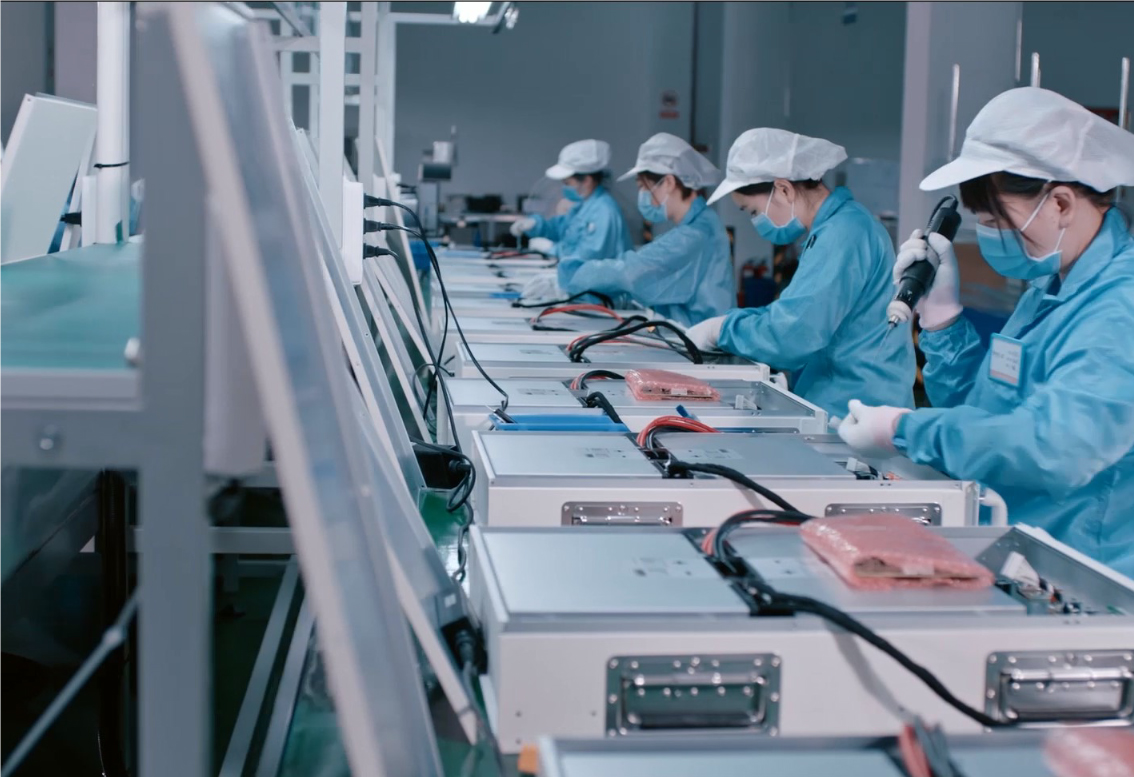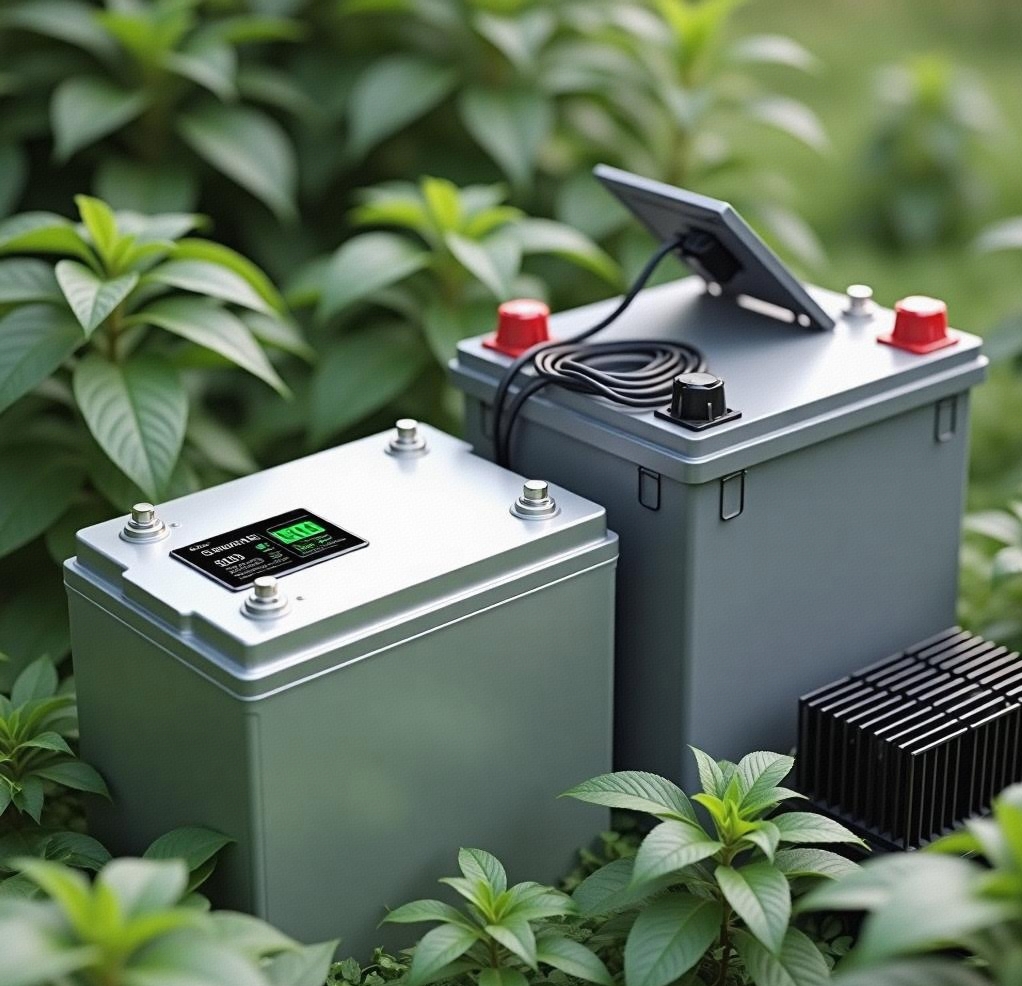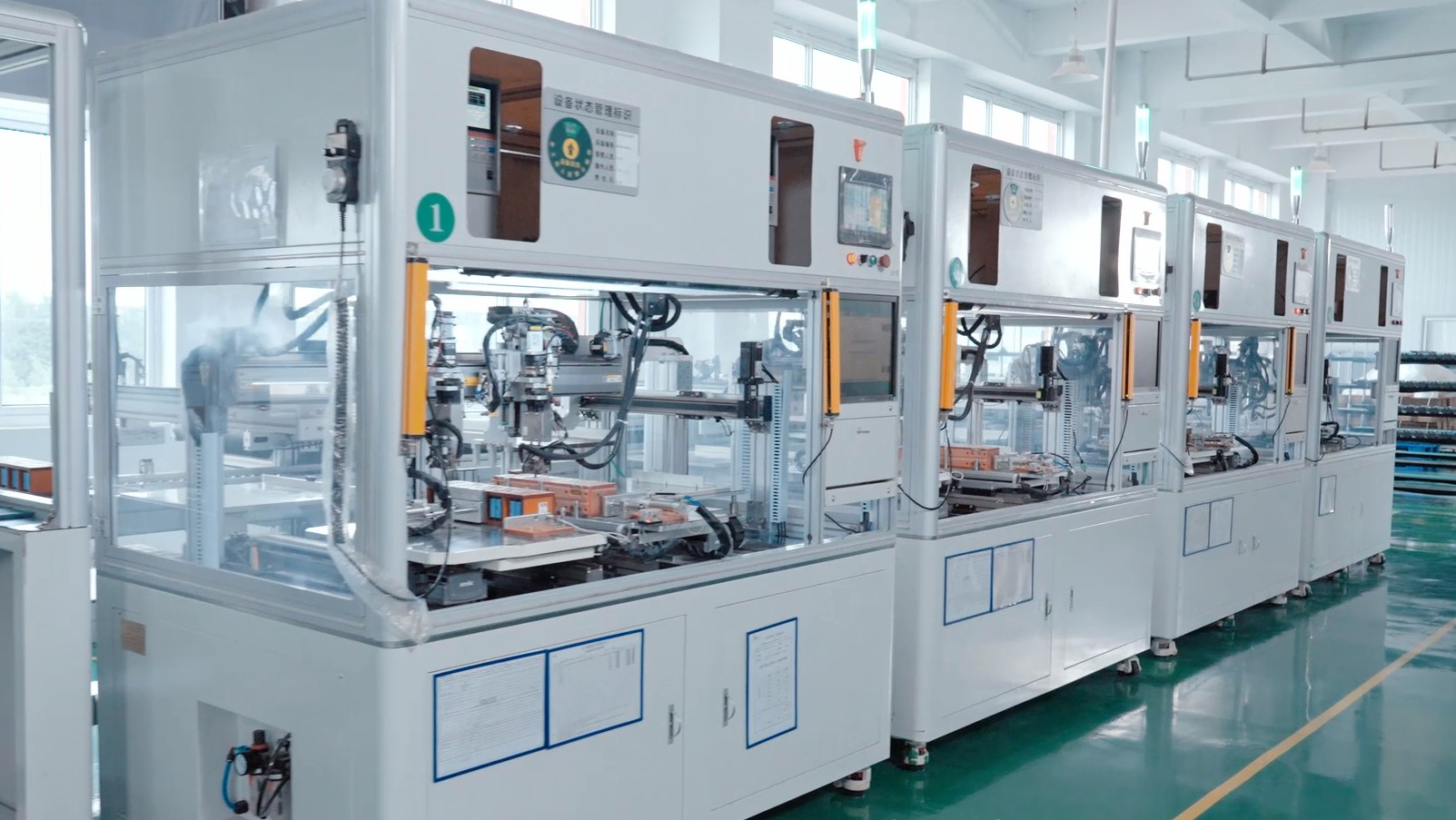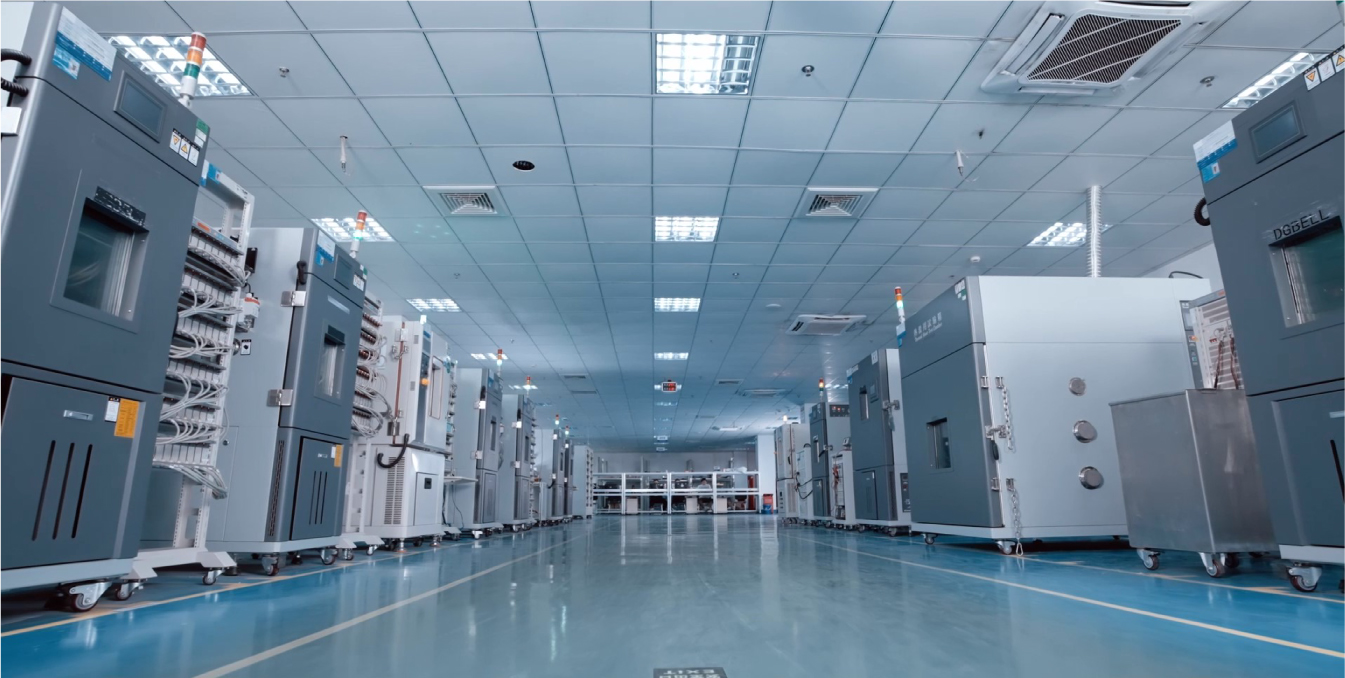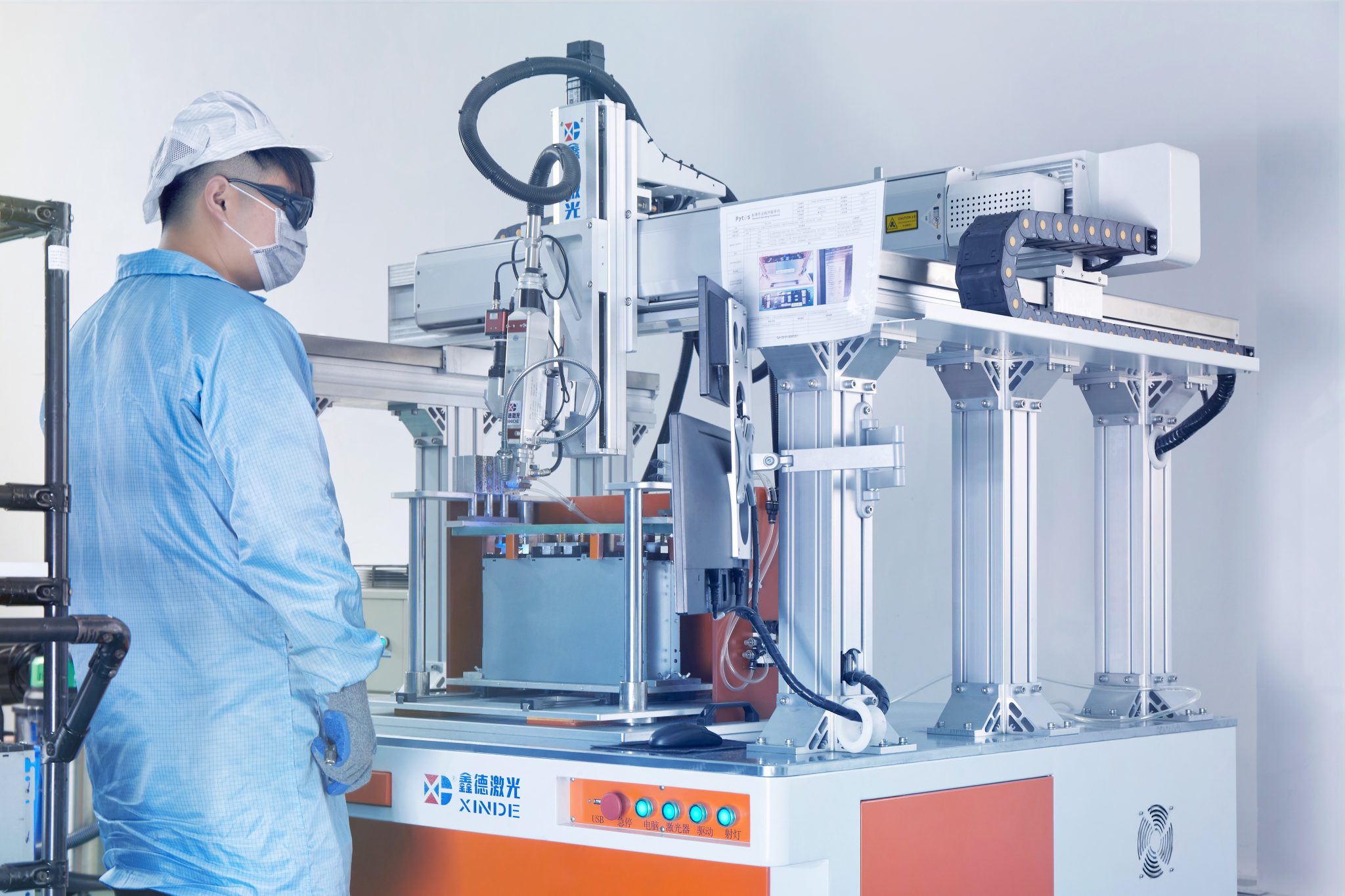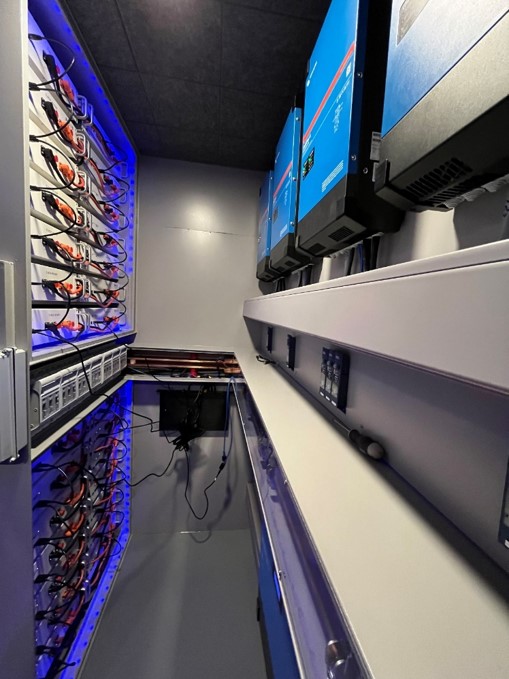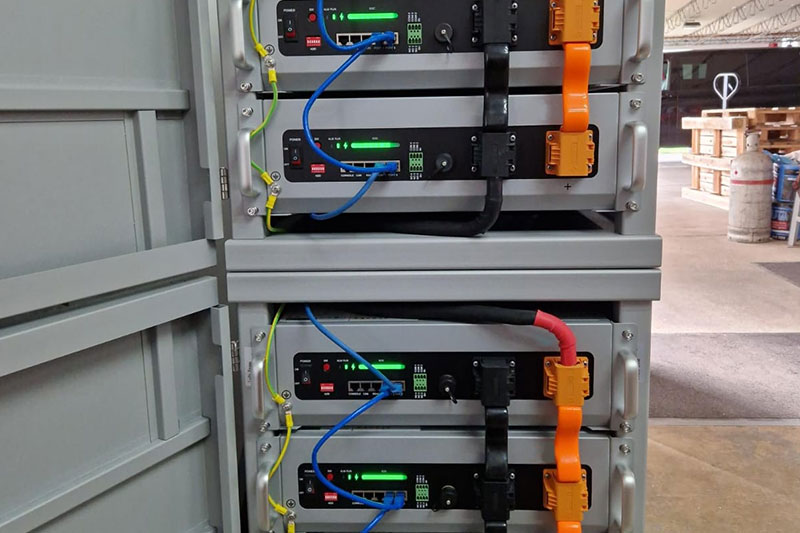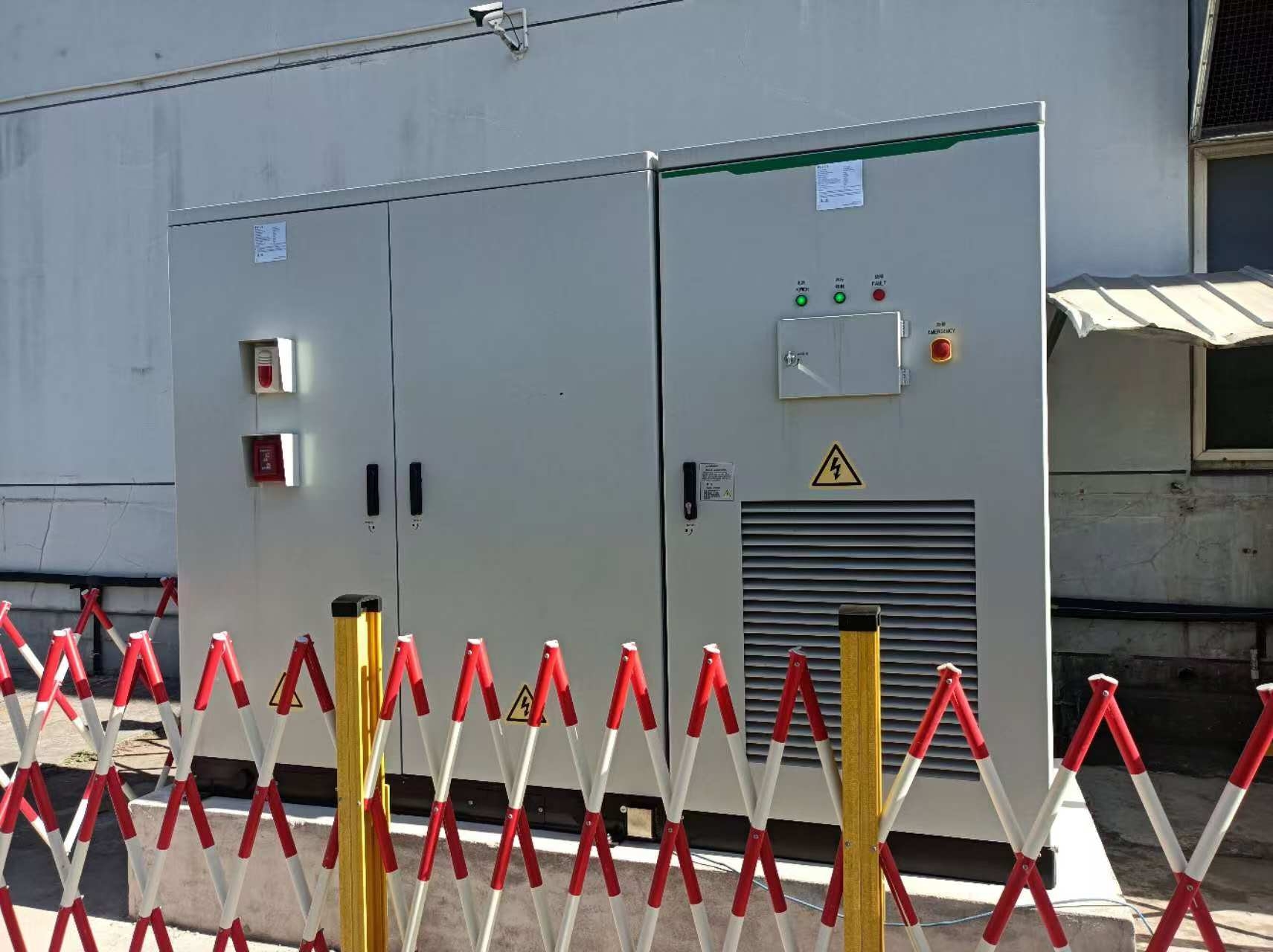What To Know About Energy Storage on the Future Grid
Energy storage plays a crucial role in modernizing the grid, enabling a stable and reliable power supply. By integrating advanced battery solutions, energy storage helps manage demand fluctuations, enhances renewable energy adoption, and provides backup power, ensuring efficiency and resilience in the evolving energy landscape.
The Growing Need for Energy Storage Solutions
The global energy landscape is rapidly shifting towards renewables, creating an urgent need for energy storage systems that can balance supply and demand. The adoption of home energy storage and large-scale battery storage solutions is crucial to optimizing electricity use, reducing reliance on fossil fuels, and increasing grid stability. Companies like Hicorenergy are at the forefront, delivering high-quality lithium-ion battery solutions for both residential and industrial applications.
Energy storage technologies have evolved significantly in recent years, driven by technological advancements, increased investment, and growing awareness of the need for sustainable energy solutions. As renewable energy generation expands, ensuring a reliable power supply becomes more complex. Energy storage bridges this gap by storing surplus energy and making it available when needed, improving the reliability and resilience of electricity grids worldwide.
Furthermore, the increasing electrification of various sectors, including transportation and industrial operations, further amplifies the demand for energy storage solutions. Electric vehicles (EVs) and industrial machinery powered by renewable energy sources require advanced storage systems to maintain efficiency and ensure continuous operations. The integration of energy storage into these sectors not only enhances energy security but also contributes to overall sustainability efforts.
Recognizing Trade-offs Between ‘Zero’ and ‘Net-Zero’ Emissions
While achieving zero emissions remains a long-term goal, the path to sustainability often requires balancing net-zero strategies. Energy storage systems allow industries and households to minimize carbon footprints while ensuring uninterrupted power supply. By utilizing efficient energy storage, businesses and homeowners can store excess renewable energy and use it during peak demand periods, reducing dependence on fossil fuels and lowering greenhouse gas emissions.
Additionally, policymakers and industry leaders must assess the trade-offs between achieving absolute zero emissions and implementing practical, scalable net-zero solutions. A balanced approach that integrates energy storage with renewable generation can provide a more feasible path to reducing environmental impact while maintaining economic stability and energy reliability.
Advancements in Battery Technology
Energy storage solutions have evolved significantly, with lithium-ion batteries leading the market due to their efficiency, longevity, and scalability. Breakthroughs in solid-state batteries and flow batteries further enhance energy density and safety. Additionally, smart battery management systems (BMS) now allow real-time monitoring, remote updates, and predictive maintenance, improving reliability.
Hicorenergy’s I-BOX 48100R and C5° battery solutions feature high-performance prismatic LiFePO4 cells, ensuring over 6000 cycles at 90% depth of discharge (DOD). These solutions offer seamless compatibility with most inverters, making them ideal for various energy storage applications. Additionally, the introduction of AI-driven energy management software enhances energy distribution, optimizing consumption and increasing cost efficiency for both residential and commercial users.
Moreover, emerging technologies like graphene-enhanced batteries and sodium-ion batteries are gaining traction as alternative solutions to traditional lithium-based systems. These advancements offer potential improvements in energy capacity, cost reduction, and enhanced safety, paving the way for more accessible and diverse storage options in the future.
Storage Enables Deep Decarbonization of Electricity Systems
As the world transitions towards cleaner energy sources, energy storage facilitates the integration of renewables into the grid. By mitigating the intermittency of solar and wind power, storage solutions ensure a stable and continuous energy supply. Lithium battery systems, like Hicorenergy’s Si LV1, allow users to expand backup power capacity while optimizing self-consumption of renewable energy.
Beyond grid-scale storage, decentralized energy storage systems empower local communities to manage their own power generation and consumption more effectively. As energy storage costs decline, the deployment of these systems is becoming more widespread, enabling greater participation in demand response programs and enhancing grid resilience.
The role of energy storage extends to stabilizing microgrids, particularly in remote and developing regions where access to electricity remains a challenge. By incorporating advanced storage solutions, these regions can achieve greater energy independence while reducing reliance on costly and environmentally damaging diesel generators.
Decentralized and Home Energy Storage
Decentralized energy storage is transforming the way households and businesses manage power consumption. Home energy storage solutions, such as those offered by Hicorenergy, allow users to store excess energy from solar panels, reduce electricity costs, and gain energy independence. Features like real-time monitoring, remote control, and plug-and-play installations make these systems more accessible and user-friendly.
With increasing interest in off-grid living and backup power solutions, decentralized energy storage plays a crucial role in energy security. Households can maximize their renewable energy use, reducing reliance on grid electricity while enjoying consistent power availability during outages. Additionally, businesses adopting energy storage solutions can lower operational costs by leveraging stored energy during peak demand periods, further enhancing economic benefits.
Emerging decentralized energy networks, also known as virtual power plants (VPPs), are integrating home energy storage systems into larger aggregated networks. These VPPs enable residential battery owners to participate in grid-balancing programs, selling excess stored energy back to the grid and fostering a more sustainable and efficient energy ecosystem.
Top 7 Energy Storage Solutions Powering the Future
Lithium-ion Batteries – High energy density, long lifespan, and efficiency make them the most popular choice.
Solid-State Batteries – Offering improved safety and energy storage capacity, these are the next generation of battery technology.
Flow Batteries – Ideal for large-scale applications, they provide long-duration energy storage.
Hydrogen Storage – Enables clean energy storage and conversion for industrial use.
Pumped Hydro Storage – The most established large-scale storage method using gravitational energy.
Compressed Air Energy Storage (CAES) – Uses surplus energy to compress air, which is later released to generate electricity.
Hicorenergy’s Advanced Solutions – Products like the SHV48100 and Si Station 186/230 provide scalable, efficient, and durable energy storage for various applications.
Hicorenergy continues to innovate, offering cutting-edge solutions tailored to meet the growing demands of residential, commercial, and industrial customers. With flexible storage capacities and intelligent management features, Hicorenergy’s energy storage solutions provide unparalleled reliability and efficiency.
Policy, Economics, and Market Trends
Governments worldwide are implementing incentives and regulations to accelerate energy storage adoption. Policies promoting net metering, subsidies for battery installations, and carbon reduction goals are driving market growth. The decreasing cost of lithium-ion batteries, coupled with rising electricity prices, makes energy storage solutions more financially viable for businesses and homeowners alike.
Economic benefits also play a key role in driving adoption. The ability to store excess energy and use it during peak demand periods helps reduce electricity costs, making energy storage a financially attractive investment. Businesses leveraging energy storage solutions can enhance their sustainability strategies, reduce operational costs, and comply with evolving environmental regulations, positioning themselves as leaders in the transition toward a low-carbon economy.
Hicorenergy: Leading the Charge in Energy Storage
Hicorenergy’s cutting-edge energy storage solutions are designed to meet the needs of residential and commercial users. With high-performance lithium-ion batteries, advanced BMS technology, and scalable storage capacities, Hicorenergy empowers consumers to embrace sustainable energy while ensuring grid reliability and cost savings. By continuously innovating and expanding its product portfolio, Hicorenergy remains a trusted partner in advancing energy storage solutions worldwide.
